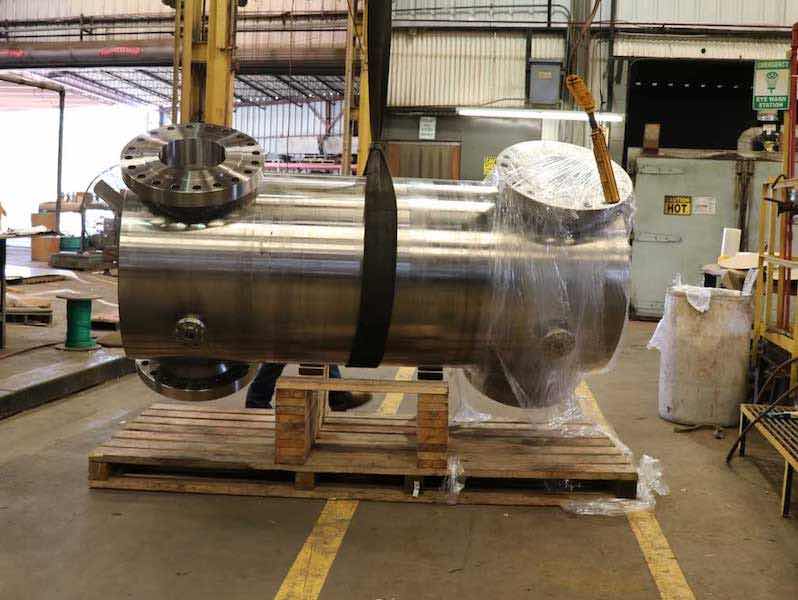A California environmental justice group has advised two plating operations that it intends to sue the companies because of excessive PFAS discharges.
The Center for Environmental Health in Oakland filed “60-Day Notices” against Bay Area finishers Electro-Coatings of California and Teikuro Corporation for what CEH says are high levels of PFAS, PFOA, and PFOS in the groundwater around each of the companies.
CEH filed the notices with the California Office of the Attorney General; the notices are generally a precursor to a lawsuit. They can be filed by citizens and non-profit groups under California’s Proposition 65 provision.
“Our research found PFAS chemicals more than 100 times above the safe limit as determined by the EPA,” says Karina Gomez, Community Engagement Manager at CEH. “The responsible facilities must immediately stop discharging these insidious chemicals into our environment and take rapid steps to clean up their mess.”
Electro-Coatings of California is located in Berkeley and also has locations in Texas and Iowa. It offers industrial metal coating services and electroless nickel plating services.
Teikuro’s North American operations are based out of San Francisco, with facilities in California, Ohio, and Mississippi. They are headquartered in Japan, with locations in China, Germany, Korea, Thailand, and Turkey.
“We’re facing a crisis of PFAS contamination in drinking water from decades of careless and unregulated industrial releases.”
CEH claims the PFAS discharges have been occurring since May 2020, based on self-reporting data supplied by the two shops to state regulators.
“In recognition of the toxicity of these chemicals, their environmental persistence, and ability to accumulate in the human body, the U.S. EPA recently announced enforceable limits on six PFAS chemicals in drinking water, including PFOA and PFOS and set levels low: 4 parts per trillion,” CEH says in a statement.
“We’re facing a crisis of PFAS contamination in drinking water from decades of careless and unregulated industrial releases,” says Dr. Jimena Diaz Leiva, Science Director at CEH. “There is no safe level of exposure to these chemicals, and drinking contaminated water is a major pathway of exposure for people. Our research is uncovering important sources of PFAS pollution, but we need more monitoring and enforcement to tackle this massive problem.”
CEH says it will seek to require both facilities to eliminate the source of PFOA and PFOS releases and clean up their operations.



































